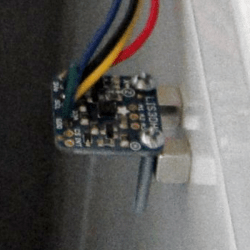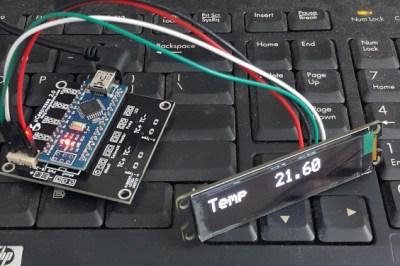Hidden Bookshelf Door Shows Incredible Motion
Who didn’t dream of a hidden door or secret passage in the house when they were kids? Some of us still do! [SPECTREcat] had already built a secret door in a fully functioning bookcase with a unique opening mechanism. The intriguing mechanism allows the doors to start by sliding slightly away form one another before hinging into the hidden space. Their operation was, however, was manual. The next step was to automate the secret door opening mechanism with electronics.
The project brain is an off-the-shelf Arduino Uno paired with a MultiMoto Arduino shield to drive 4 Progressive Automations PA-14 linear actuators. These linear actuators have 50lb force, allowing the doors to fully open or close within 10 seconds and maintain a speed that wouldn’t throw the books off the bookcases.
Not wanting to drill a hole through the bookshelf for a switch or other opening mechanisms, [SPECTREcat] added a reed switch that is activated on the other side by a DVD cover with a magnet inside. In addition to that, there is a PIR sensor on the inside room to automatically close the doors if no motion is detected for 2 hours. Dont worry, there’s also a manual switch inside just in case.
Using one of the items on the shelf to trigger the secret passage is a classic move. He could also have used a secret knock code, like the Secret Attic Library Door we covered in the past. Check out the video below to see the hinge and slide movement in action.
Filed under: home hacks



